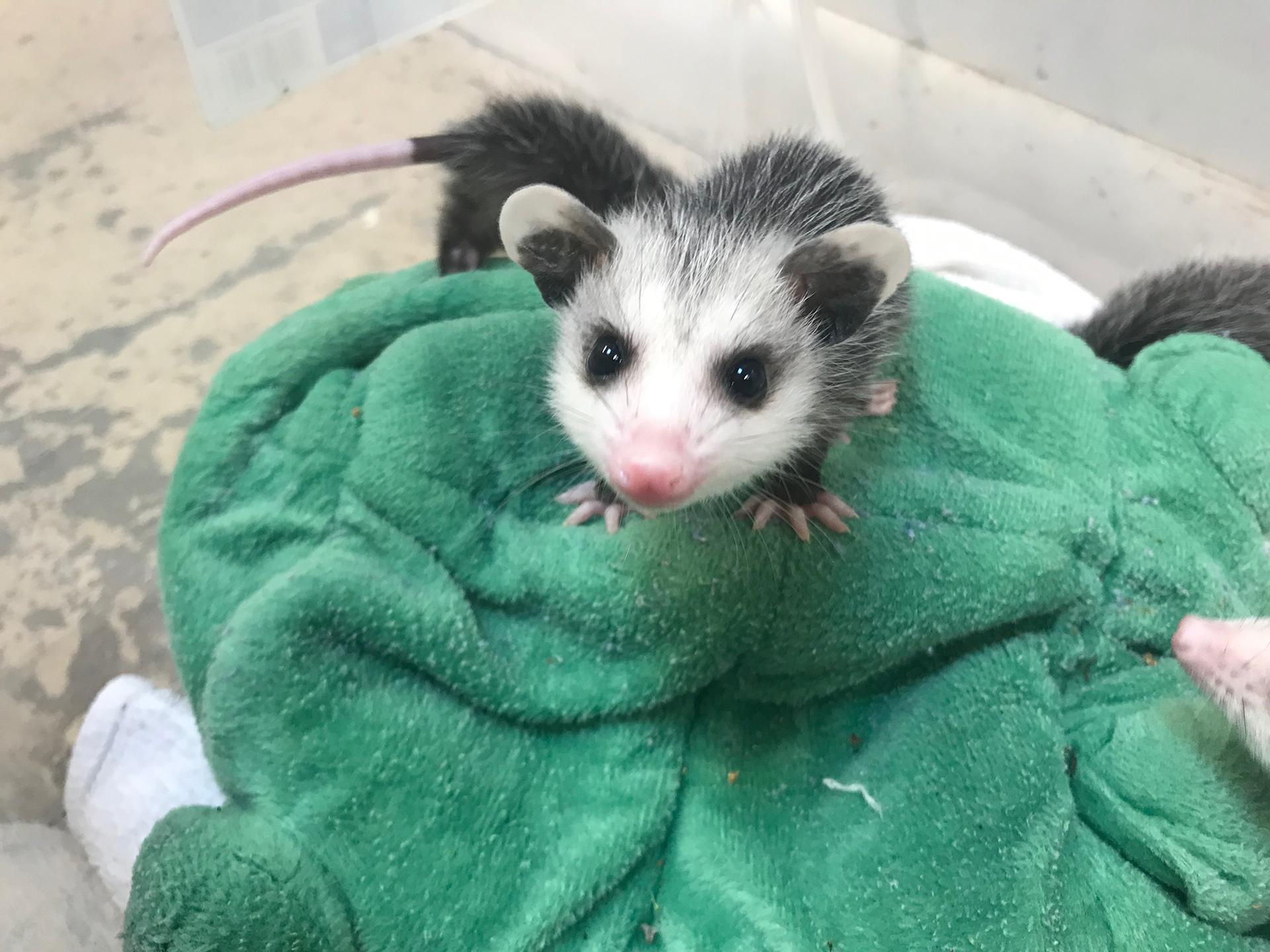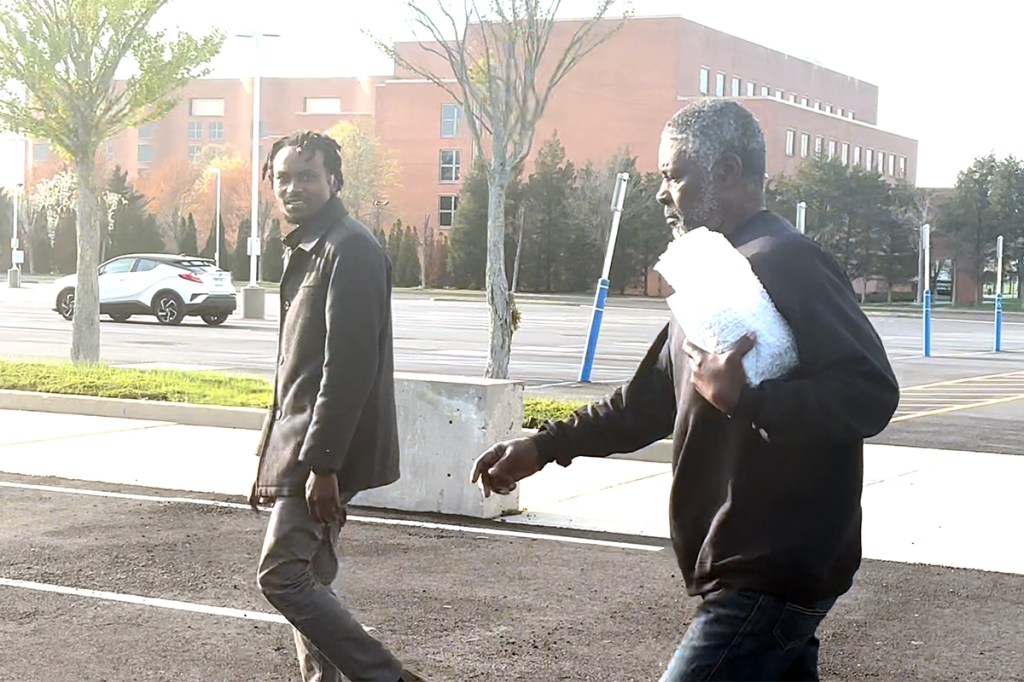All Bark, No Bite


During my three years as a wildlife rehabilitator, my favorite animal I have worked with is the Virginia opossum (Didelphis Virginia). The Virginia opossum, sometimes called the common opossum, is a nocturnal animal that is usually considered a pest by many people. I hope by the end of this article, you start to see opossums for what they really are — misunderstood creatures that are crucial to the health and well-being of our ecosystem.
There are more than 60 different species of opossum, with the Virginia Opossum being the only one found in North America. As one of Earth’s oldest surviving mammals, they have been around for at least 70 million years, roaming the earth’s surface along with the likes of tyrannosaurus and triceratops.
Similar to the kangaroo and the koala, the opossum is a marsupial — in fact the only marsupial found in North America — meaning that the mother has a pouch for her babies. Females give birth to underdeveloped young as tiny as bumble bees. The babies immediately climb up the mother’s fur to find their way into her pouch. Inside the pouch are 13 teats, where the babies will latch onto and suckle for almost two months. After that time, the babies will get a piggy-back ride by holding on to mom’s back fur for about an additional month. Opossums have a very short life span, typically surviving only up to two years.
As nocturnal hunters, opossums use a very keen sense of smell to locate their food. They are omnivorous, and will eat just about anything, including berries, insects, and worms — sometimes even garbage and carrion. Because so much carrion is roadkill, opossums are often killed by cars while looking for food on roadways. Although the latter two meal options seem rather unpleasant to us, the Virginia Opossum plays a very important role by helping maintain a clean and healthy environment. They are known as “Nature’s Little Sanitation Engineers.”
In general, opossums present a far lower health risk to humans than dogs and cats. They have a naturally high level of immunity to diseases. They are more resistant to rabies than any other mammal, perhaps because they have a much lower body temperature when compared to other warm-blooded animals. They even eat ticks, which is definitely helpful here on Long Island.
The reason many people are concerned with disease in regard to opossums has to do with a very unique reaction to threats. When threatened, opossums will first show their teeth and hiss, but they are all bark, no bite. If that tactic doesn’t scare off the opossum’s foe, they will then exhibit behaviors like running, growling, belching, urinating, and even defecating.
Have you ever heard the term “play ‘possum”? If none of these other disturbing methods work, an opossum with roll over and play dead. They essentially enter a comatose state that can last between 45 minutes to up to four hours. Stiff, and in a curled form, the opossum could be moved, touched, or even carried without reacting. This behavior sometimes works, because predators will more than likely not want to eat an animal that looks dead and possibly infected with a disease.
As homes continue to be built along the East End, opossums are faced with a challenge that impacts their survival. Deforestation and habitat loss have led to opossums becoming increasingly common in urban and suburban areas. Since opossums need forested habitats to survive, if we continue the trend of cutting down trees to build homes, we will need to learn to respect and coexist with creatures like the opossum.
These qualities previously mentioned are just the tip of the iceberg of what makes the Virginia opossum unique. I hope the next time you see an opossum crossing the street at night you feel a sense of excitement instead of fear, and feel lucky to witness one of nature’s creatures at work.
Xylia Serafy graduated with a BA in Spanish and Environmental Studies from Ursinus College in 2015. She has worked as an environmental educator at the South Fork Natural History Museum for four years, and is a NYS Licensed Wildlife Rehabilitator who, for the past two years, has volunteered each week at the Evelyn Alexander Wildlife Rescue Center.



